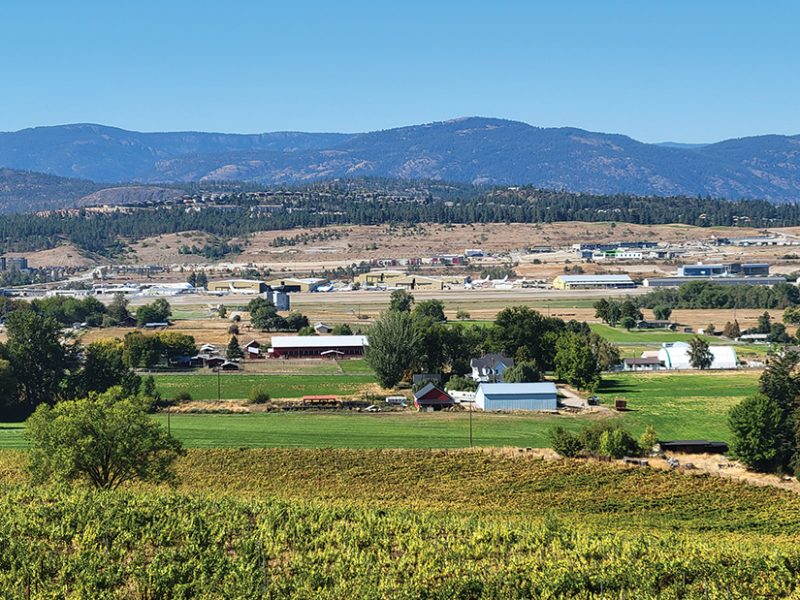The City of Kelowna’s efforts to preserve farmland are paying off but fewer people are working the land.
An agriculture plan progress report presented to Kelowna council November 6 shows a drop in the number of active farm operations in the Central Okanagan region since 2017. Six years ago, there were 1,034 actively farmed parcels; today, there are 983, according to BC Assessment data.
Kelowna sustainability coordinator Tracy Guidi says it is too early to determine a trend.
The number of active farms has gone up and down over the past six years, she said, while fallow properties are coming back into fruit production after 30 years. BC Assessment doesn’t count fallowed properties as farmland until they receive farm class status.
“There’s a lot of variables,” Guidi says, adding the agricultural landscape has also changed with amendments to the Agricultural Land Reserve, COVID-19 and climate hazards like the heat dome, drought and wildfires. “We can’t just look at a five-year snapshot and see what the trend is.”
Agriculture accounted for about $190 million in farm operating revenue in the Central Okanagan in 2021. In Kelowna, almost 46% of the land base is dedicated to agriculture, most of it in the ALR.
Kelowna’s 10-year agriculture plan, now in its final phase, recommended 52 actions, of which 35 are complete or ongoing. These include increased coordination efforts with Agricultural Land Commission’s compliance and enforcement staff, revised farm development permit guidelines in the city’s Official Community Plan and agricultural zoning refinements in the new zoning bylaw.
Guidi says the city is making progress.
“The biggest proponent is we can preserve agricultural lands and prove that security going forward,” she says.
An agriculture land use inventory with the B.C. government is next on the list, which should provide “interesting” data, Guidi says.
A regional agriculture roundtable and participation in a regional agricultural strategy are also in the works.


 Avian influenza grows
Avian influenza grows